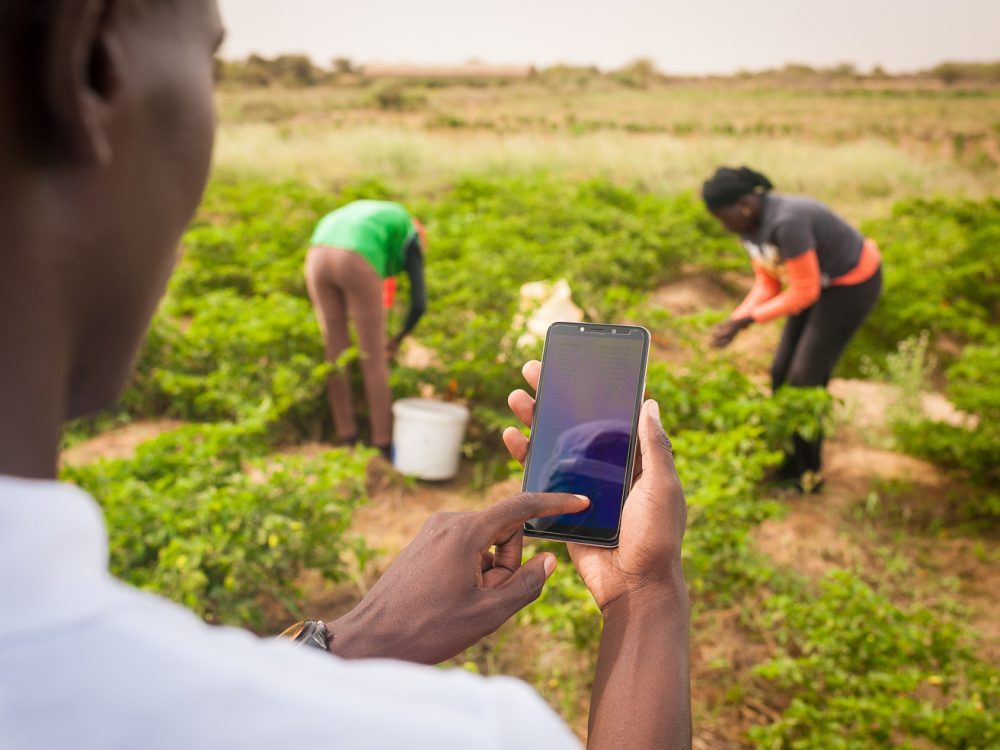Open Contracting: Going Granular for Increased Transparency and Accountability
Knowing where aid projects are located is important for making smart allocation and evaluation decision – but to know what is actually happening on the ground, you can’t stop there.
Typically, project implementers are the only ones with knowledge of detailed project information. While contracts also offer a wealth of data points – about who is implementing which activities where, and with how much money – most contracts are either not publicly available, or not easily downloadable.
Easy access to procurement information would help move the development conversation from what is happening where to how resources are being allocated and projects are being implemented on the ground. And there is demand for this information – surveys in countries as diverse as Indonesia, Tanzania, Mexico, and Mongolia show more than 75 percent of citizens want their governments to be more open with this kind of data.
As a result, the Open Contracting Partnership was formed to make procurement information more open, accessible, and actionable, and the global movement toward procurement transparency is gaining momentum. AidData is actively engaged in moving this Open Contracting agenda forward.
In collaboration with the Open Aid Partnership (OAP) and the World Bank Institute (WBI), AidData led an “Open Contracting for Open Development” pilot project in Nepal, which focused on publishing and publicizing standardized sub-national contracting data. Our immediate goal was to create one of the first country-level Open Contracting datasets using the core principles of the Open Contracting Data Standard (OCDS).1
But that’s just a starting point: By expanding the breadth and depth of contract information publicly available in Nepal, and by promoting an active community of practice (including government, donors, civil society, and the private sector), we hope to spark an interest in and an appetite for open contracting writ large.
To accomplish this goal, we sought out government ministry partners who (i) oversaw projects representing a substantial proportion of foreign aid and (ii) who had active, public e-procurement portals. Ultimately, we partnered with Nepal’s Public Procurement Monitoring Office (PPMO), Department of Roads (DOR), Nepal Electrical Authority (NEA), and the Department of Local Infrastructure Development and Agriculture Roads (DoLIDAR).
Tracking these contracts through the procurement process and adding rich geographic information paints a clearer picture of how large aid projects are programmed. The results of this effort were presented at a workshop co-hosted by PPMO, the World Bank, OAP and AidData. All data are available on this open contracting portal hosted by our partner Open Nepal.
Stay tuned – on next week’s blog, we will share lessons learned from the workshop.
1The pilot project was conducted from February-September 2014 and was completed prior to the public launch of the draft OCDS in October.
This post has been modified and was originally published on The First Tranche.
Share This Post
Related from our library

Introducing The HackCorruption Civic Tech Tools Repository
Introducing the Civic Tech Tools Repository: an open-source hub of digital solutions to fight corruption. Designed for growth through GitHub contributions, it brings together tools, code, and resources across six key areas for HackCorruption teams and beyond.

Building a Sustainable Cashew Sector in West Africa Through Data and Collaboration
Cashew-IN project came to an end in August 2024 after four years of working with government agencies, producers, traders, processors, and development partners in the five implementing countries to co-create an online tool aimed to inform, support, promote, and strengthen Africa’s cashew industry. This blog outlines some of the key project highlights, including some of the challenges we faced, lessons learned, success stories, and identified opportunities for a more competitive cashew sector in West Africa.

Digital Transformation for Public Value: Development Gateway’s Insights from Agriculture & Open Contracting
In today’s fast-evolving world, governments and public organizations are under more pressure than ever before to deliver efficient, transparent services that align with public expectations. In this blog, we delve into the key concepts behind digital transformation and how it can enhance public value by promoting transparency, informing policy, and supporting evidence-based decision-making.